Yes, I did say in my last post I’m on the move so the chances of me posting in the next month were slim. Just after finishing that post, I read a new post from Alona at the Lonetester blog inviting geneabloggers to take part in a geneameme with the theme, Ancestral Places. The instructions…How many ancestral places can you name using the letters of the alphabet? I couldn’t resist because one of my favourite things about family history is the places my ancestors lived. Finding out more about those locations helps us learn more about them it’s a great way to brush up on geography general knowledge. I’ve listed the main places my direct ancestors resided and added links to earlier posts about some of the families. If I included 2 x great uncle George Diwell, I could have had a J for Jeparit or 4 x great uncle William Reed, a Y for Yulecart but I managed a place for most letters:
A
Almurta, Victoria, Australia – Combridge
Ararat, Victoria, Australia – Bishop
Aylesbury, Buckinghamshire, England – Cooke, Lane, Piddington, Riddiford
B
Ballarat, Victoria, Australia – Gamble, Harman, Riddiford
Bass, Victoria, Australia – Combridge, Hunt, White
Bisham, Berkshire, England – Buckland
Bletchley, Buckinghamshire, England – Cooke, King, Richardson
Brighton, Sussex, England – Hughes
Broadstairs, Kent, England – Culmer, Jarman, Pettman, White
Byaduk, Victoria, Australia – Bishop, Harman
C
Casterton, Victoria, Australia – Diwell, Jelly
Cavendish, Victoria, Australia – Hadden, Mortimer
Charlton, Wiltshire, England – Young
Cheshunt, Hertfordshire, England – Chapel, Kirkin, Parsons
Clapham, London, England – Webb
Clerkenwell, London, England – Riddiford
Colac, Victoria, Australia – Gamble, Hodgins
Cuddington, Buckinghamshire, England – Lawrence, Piddington, Riddiford, Timberlake, Wall
D
Dover, Kent, England – Trewin
Drumgooland, County Down, Ireland – Jelly
E
East Lothian, Scotland – Calder, Warden
Edmonton, London, England – Riddiford
F
Fenny Stratford, Buckinghamshire, England – Cooke, Riddiford
Fermanagh County, Ireland – Brackin, Hodgins
Frant, Sussex, England – Diwell, Sinnock
G
Geelong, Victoria, Australia – Combridge
Gladsmuir, East Lothian, Scotland – Dobson, Hadden, Kinnaird, Neilson
Glen Alvie, Victoria, Australia – Combridge
Grantville, Victoria, Australia – Combridge, Hunt, White
H
Haddenham, Buckinghamshire, England – Riddiford
Haddington, East Lothian, Scotland – Dobson, Hadden
Hamilton, Victoria, Australia – Diwell, Gamble, Hadden
Hulme, Lancashire, England – Jelly
I
Ireland – Beaty, Irwin
Islington, London, England – Kirkin
J
K
Kingswood, Gloucestershire, England – Riddiford, Trotman
L
Lambeth, London, England – Kirkin, Riddiford, Webb
Leytonstone, London, England – Riddiford
Longniddry, East Lothian, Scotland – Hadden
Lower Winchendon, Buckinghamshire, England – Lawrence
M
Macarthur, Victoria, Australia – Bishop
Macclesfield, Cheshire, England – Law, Shaw
Manchester, Lancashire, England – Shaw
Melbourn, Cambridgeshire, England – Harman, Mulberry
Merino, Victoria, Australia – Diwell
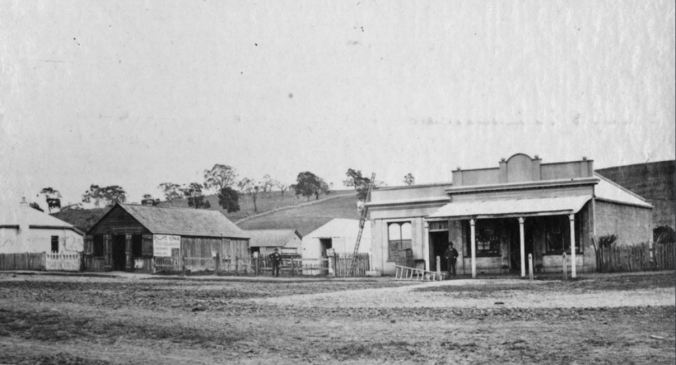
MERINO c1880 Image courtesy of the State Library of South Australia. Image no. B 21766/113 http://collections.slsa.sa.gov.au/resource/B+21766/113
N
Newington, London, England – Turner
Norfolk, England – Baker, Thurling
North Nibley, Gloucestershire, England – Riddiford, Trotman
O
Oldham, Lancashire, England – Riddiford
Ontario, Canada – Riddiford
P
Poplar, London, England – Hunt, Jewell
Port Fairy, Victoria, Australia – Harman
Portland, Victoria, Australia – Diwell, Harman
Q
Queensferry, Victoria, Australia – Combridge

SAWMILL NEAR QUEENSFERY, VICTORIA c1880. Photographer: Fred Kruger. Image courtesy of the State Library of Victoria.
R
Ramsey, Cambridgeshire, England – Combridge
Reading, Berkshire, England – Druce, Mortimer
Rotherfield, Sussex, England – Diwell, Sinnock
Rotherhithe, London, England – Webb
S
Smeaton, Victoria, Australia – Riddiford
St. Peters, Kent, England – Jarman
Steiglitz, Victoria, Australia – Combridge
T
Thanet, Kent, England – Culmer, Jarman, Trewin, White
Thornbury, Gloucestershire, England
Tipperary County, Ireland – Barry
Tonbridge, Kent, England – Lawrence
Tudeley, Kent, England – Lawrence
U
Uley, Gloucestershire, England – Riddiford
V
Victoria
W
Water Eaton, Buckinghamshire, England – Cooke, Goodman
Weymouth, Dorset, England – Bishop
Whaddon, Cambridgeshire, England – Read/Reed, Waymant
White Waltham, Berkshire, England – Buckland, Mortimer, Sharp
Wonthaggi, Victoria, Australia – Combridge
Woolwich, London, England – Kirkin
Wotton-Under-Edge, Gloucestershire, England – Riddiford
Wycombe, Buckinghamshire, England – Riddiford
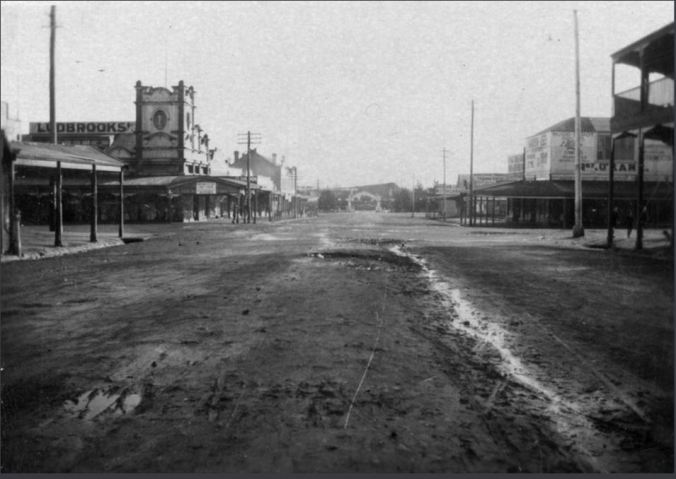
WONTHAGGI, VICTORIA 1925. Image courtesy of the State Library of South Australia. Image no. B 61788/85http://collections.slsa.sa.gov.au/resource/B+61788/85
X
Y
Z

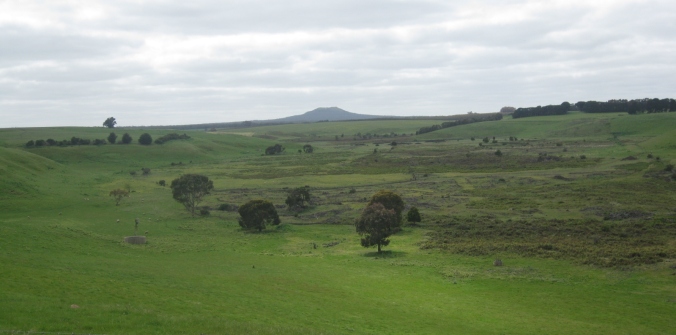
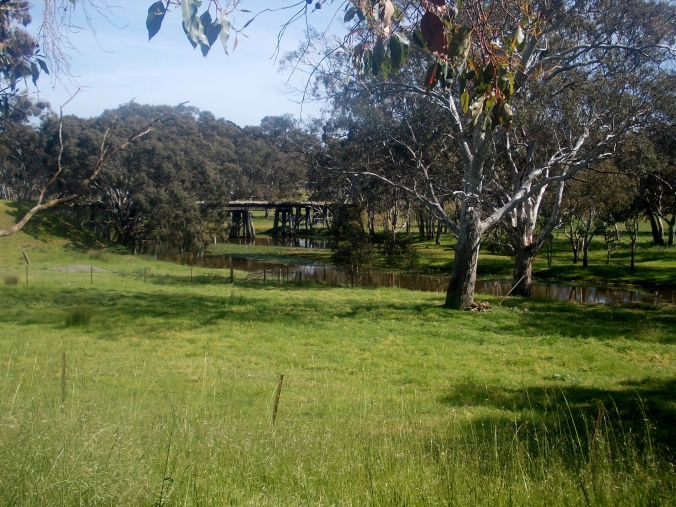
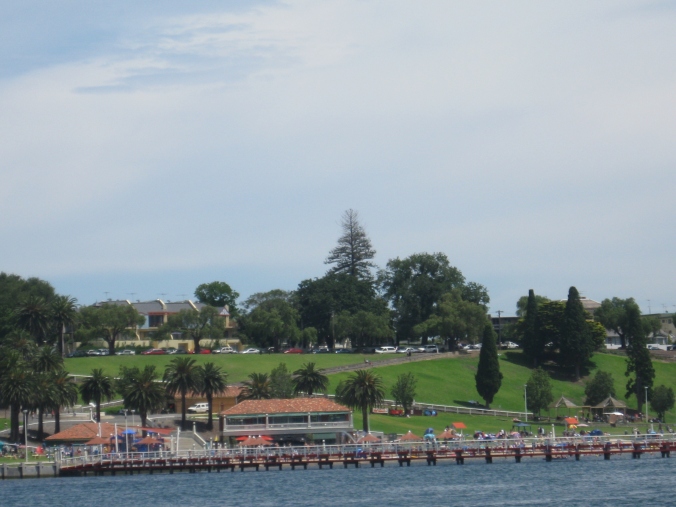
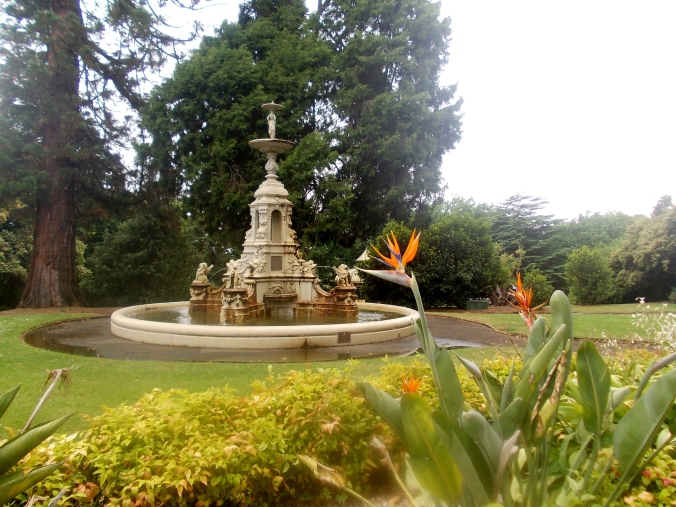

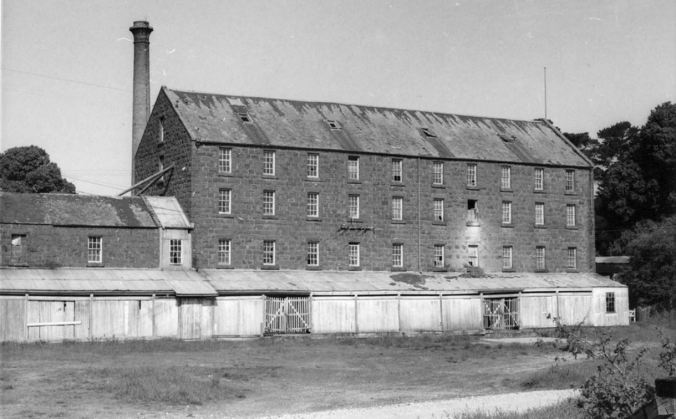


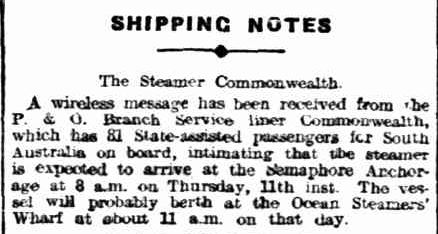
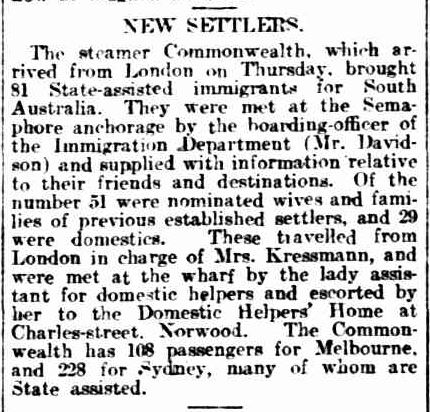

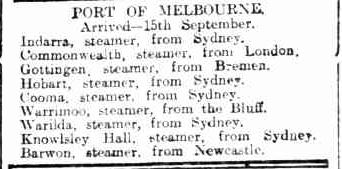
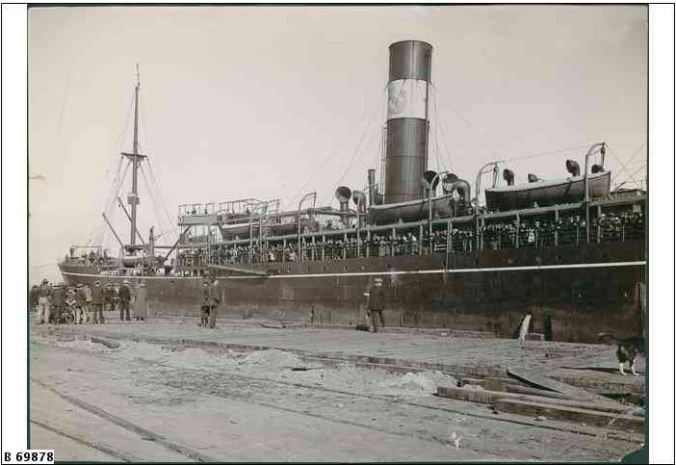

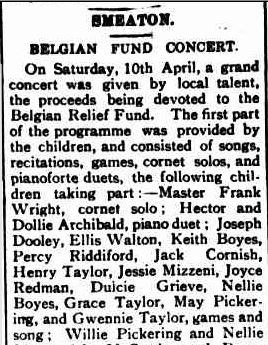
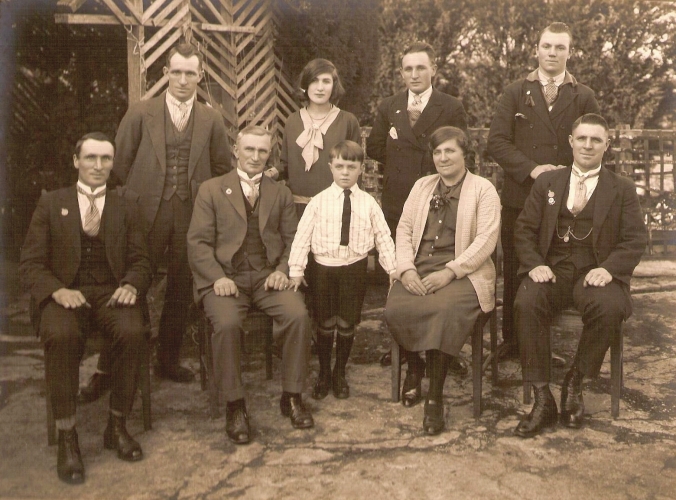
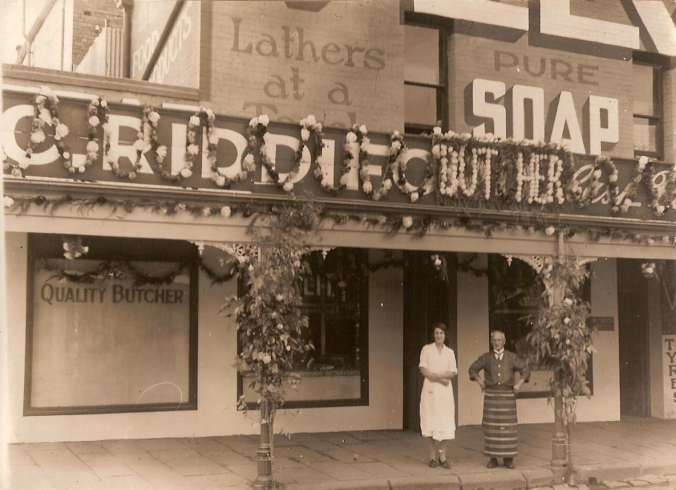

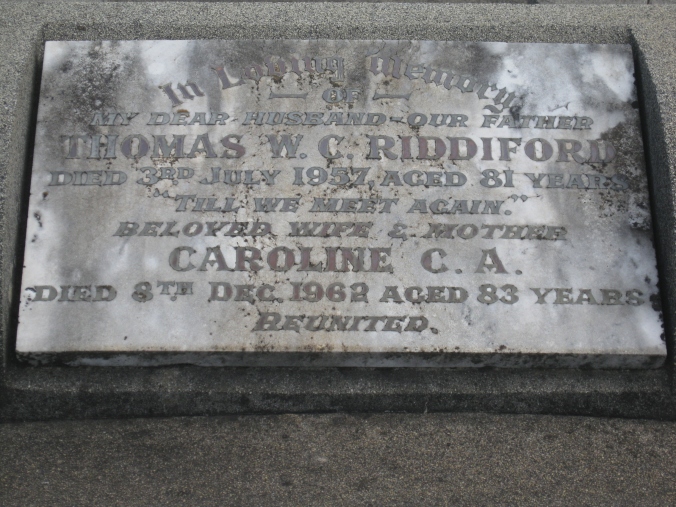
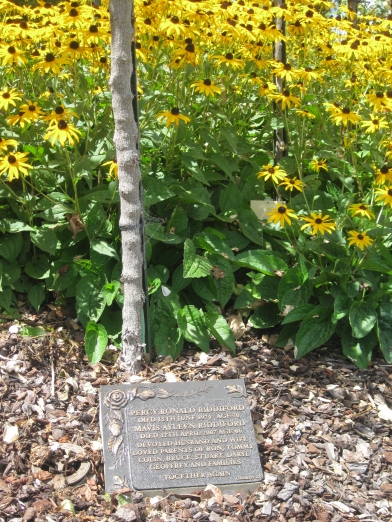
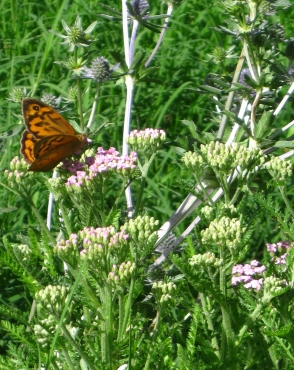




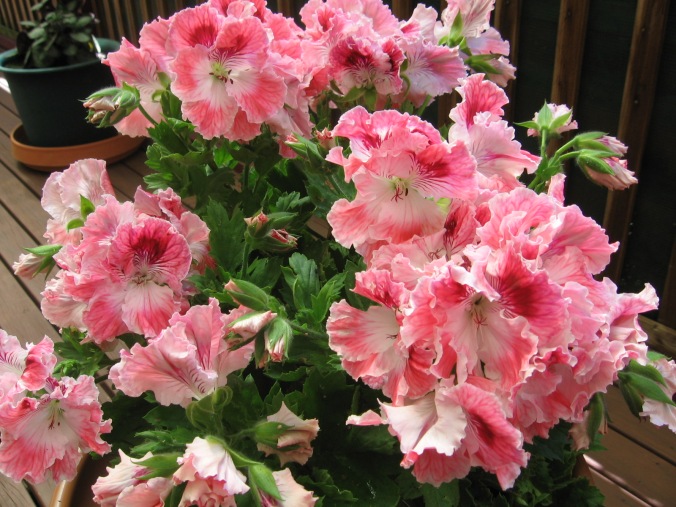
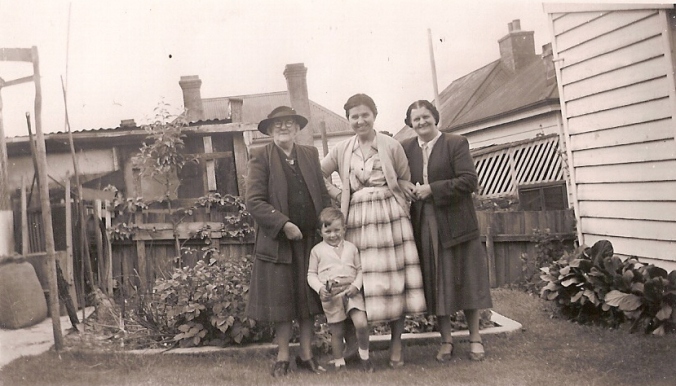
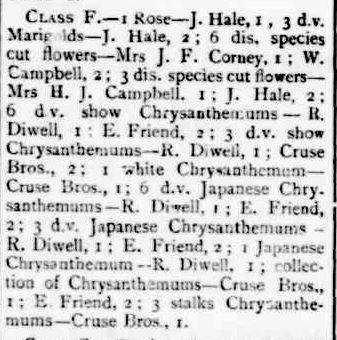
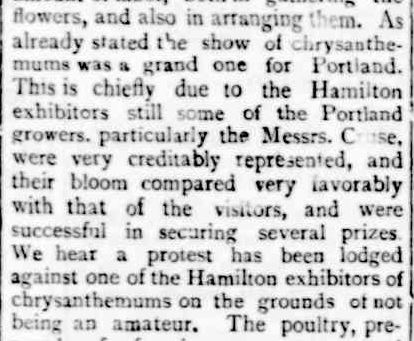
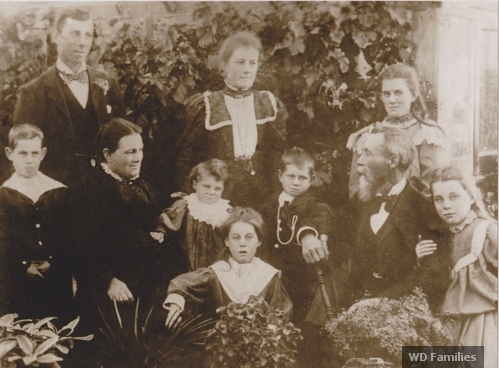
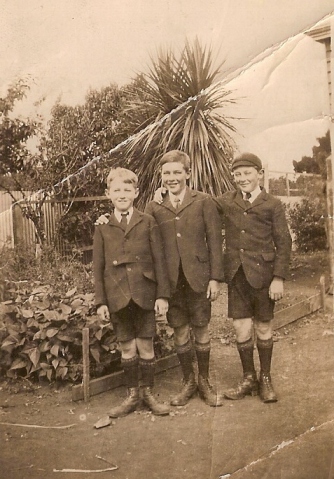
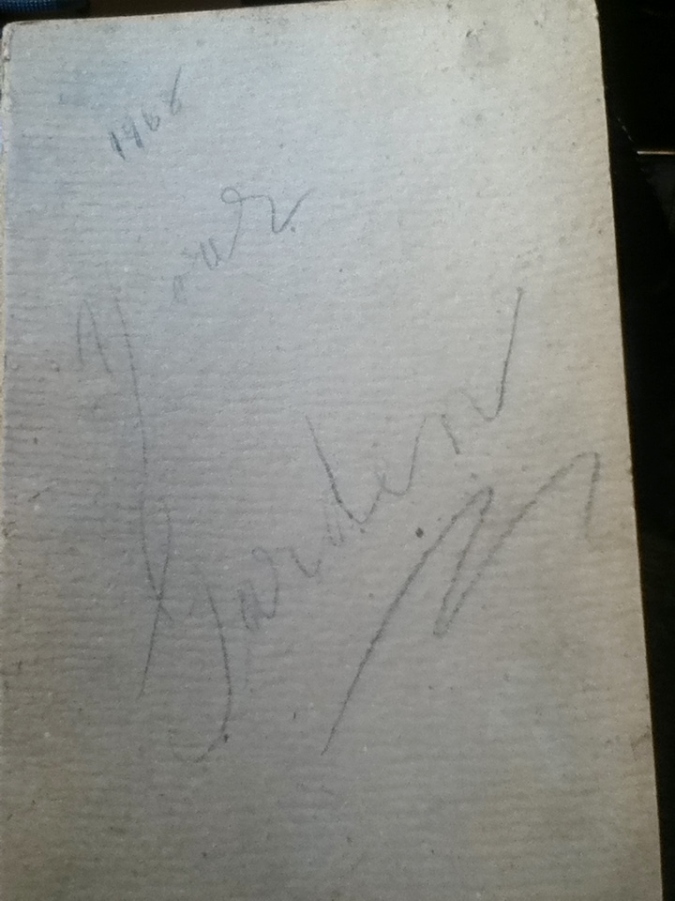
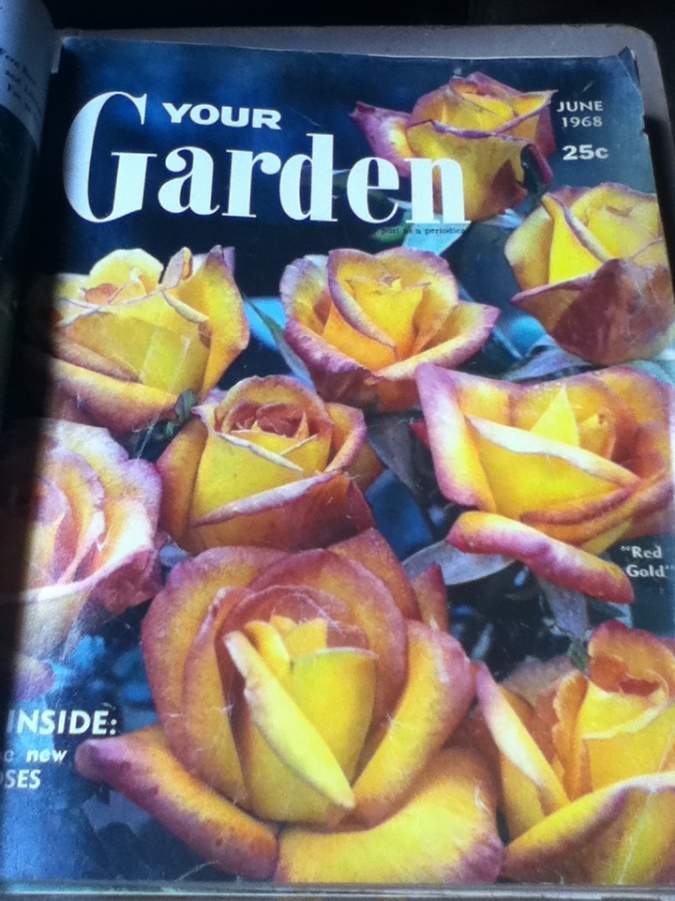
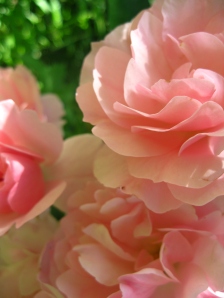
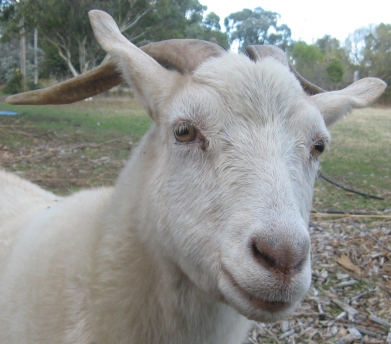
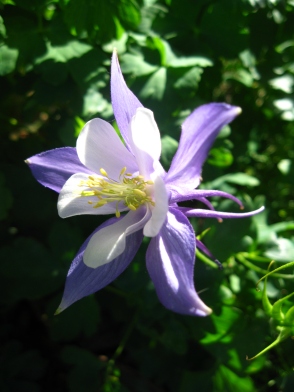
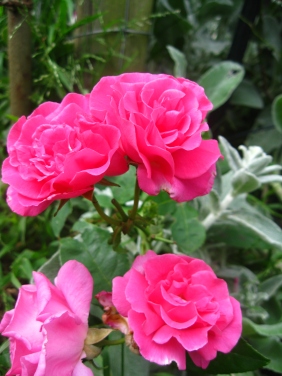

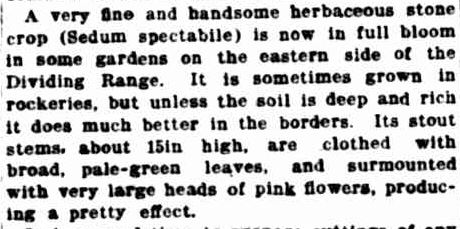

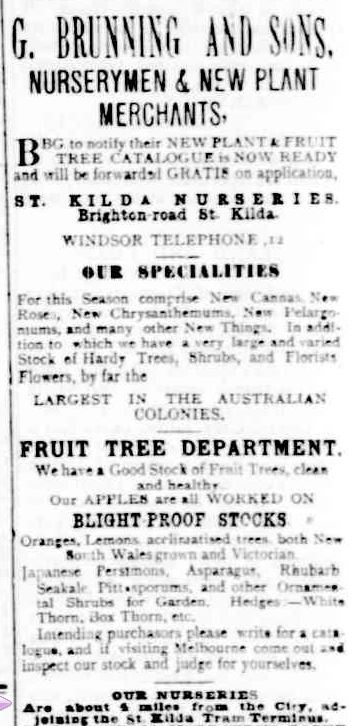










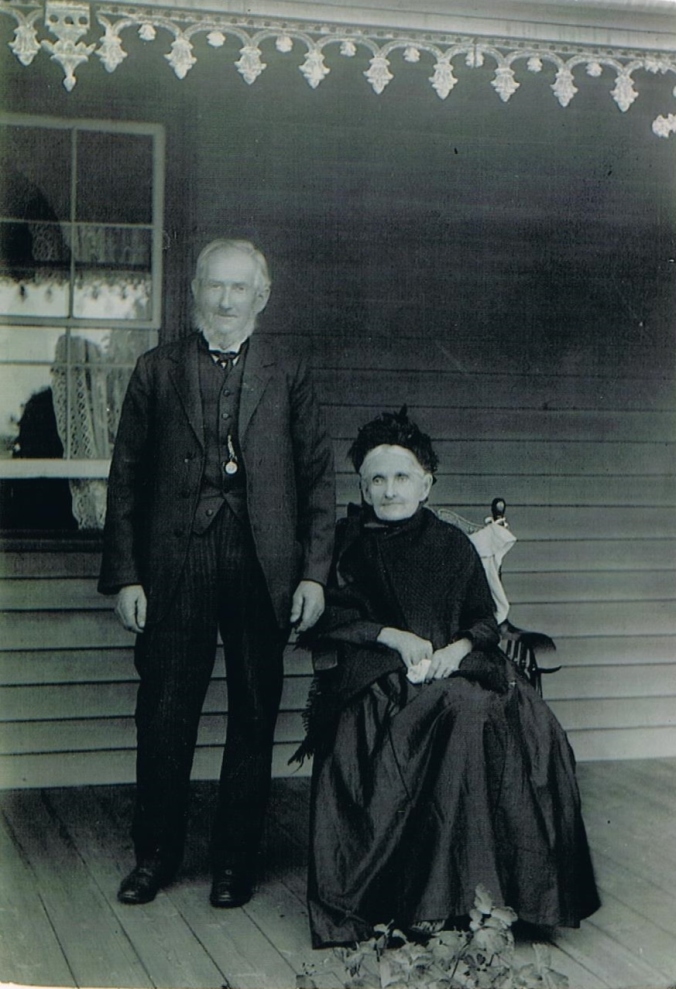
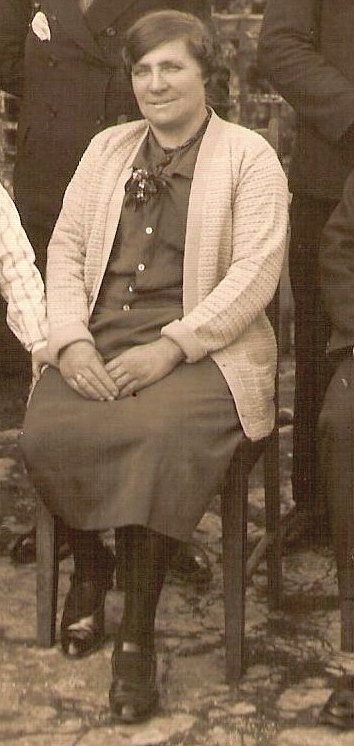
You must be logged in to post a comment.